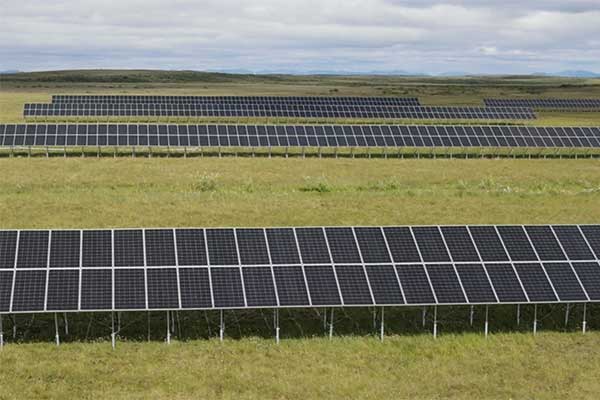- Researchers from NREL emphasize the surge of solar photovoltaic (PV) systems in the world's electricity sector.
- In 2022, over half of new electricity generation capacity came from solar PV, marking its growing significance in the global energy landscape.
- Yet, with fossil energy still at the forefront, the journey to a sustainable energy future requires further growth in renewables.
Two senior National Renewable Energy Laboratory (NREL) researchers recently published an article in the Journal of Photovoltaics tracking changes to the world’s electricity supply over the past several years.
The authors, Nancy Haegel and Sarah Kurtz, drew upon information from various sources and presented it collectively to highlight significant trends in global electricity generation.
This is the third article in an annual series—Haegel and Kurtz have published their recap each year in the Journal of Photovoltaics, starting in 2021.
Fossil energy continues to dominate global electricity generation
In 2022, 38% of the world’s electricity was delivered by carbon-free generation sources (nuclear, hydropower, and combined renewables), similar to 2021. The global electricity system is still mostly powered by fossil energy, but it is undergoing an increasingly rapid rate of change.
Renewable energy composes the vast majority of new electricity generation capacity
Despite lingering supply chain and trade issues around the globe, this is the second year in a row that more than 50% of new electricity generating capacity has been solar photovoltaic (PV) systems.
Solar PV is now the most rapidly growing generation technology—25% of total installed solar PV generation capacity was added in 2022 alone. PV’s share of global electricity generation rose from around 3.6% in 2021 to around 4.5% in 2022.
Together, carbon-free generation sources (nuclear, hydropower, solar PV, wind, and other renewables) constitute more than 80% of capacity expansions over the past three years. Most of this expansion has been powered by solar PV and wind—together, these sources have contributed more than 75% of capacity expansion over the past three years.
“It’s impressive to see how solar is dominating the current sales,” said Sarah Kurtz, a fellow with NREL’s National Center for Photovoltaics and a professor at the University of California, Merced. “We’re interested to see how much fossil generation expansion there is in the 2023 data for next year’s recap article. It could be that carbon-free energy sources will be consistently supplying almost all of our new generation capacity very soon.”
The energy transition is only beginning
Solar PV contributed 56% of new electricity generating capacity in 2022, yet it provided only around 5% of global electricity generation. This contrast highlights both solar PV’s significant growth so far and the further growth needed to reach a sustainable energy future. Certain electric grids around the world demonstrate that much more is possible.
For example, grids in California, South Australia, and Hawaii are reaching or exceeding 20% of generation from solar PV.
“We thought it could be useful to gather the data from multiple sources in one place,” said Nancy Haegel, director of the National Center for Photovoltaics at NREL. “Although there are interesting minor variations among global sources, what is striking is the amazing growth of solar in new electricity generating capacity and the accelerating change in the future energy mix. We are witnessing the energy transformation.”
—
Publication Referenced in the Article:
Nancy M. Haegel et al, Global Progress Toward Renewable Electricity: Tracking the Role of Solar (Version 3), IEEE Journal of Photovoltaics (2023). DOI: 10.1109/JPHOTOV.2023.3309922
This article has been adapted from source material published by National Renewable Energy Laboratory.









Comments